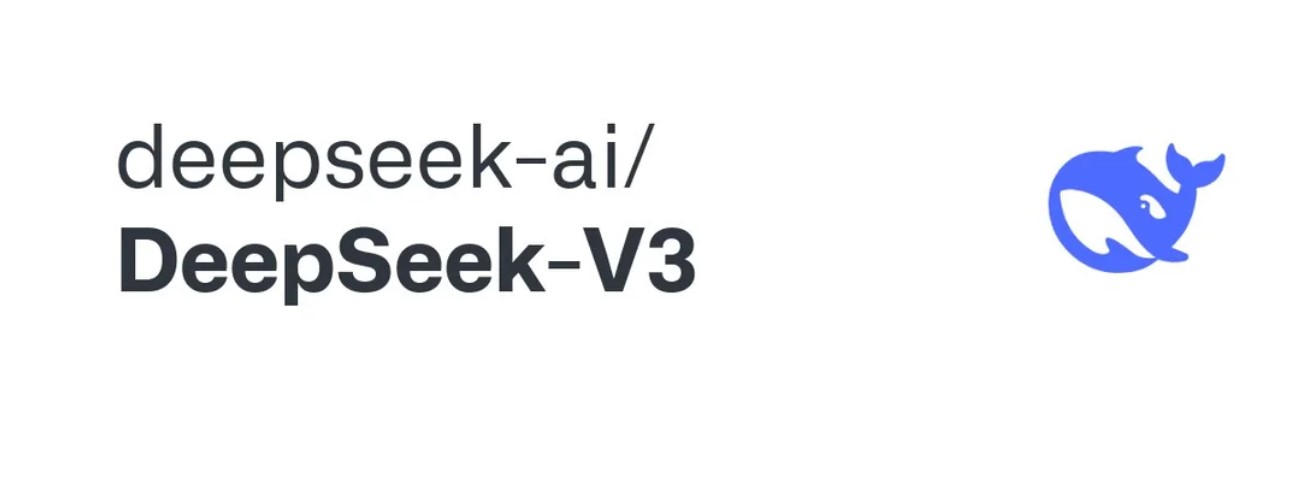
February 18, 2025
DeepSeek-V3: A Detailed Overview
DeepSeek-V3 is a modern Mixture-of-Experts (MoE) language model. Each token activates 37 billion of its 671 billion parameters. This design improves large language model (LLM) efficiency and performance, making it a potent NLP tool.
DeepSeek-V3 improves training and inference using Multi-head Latent Attention (MLA) and the DeepSeekMoE architecture. The model distributes computational burden among parameters without loss functions.
DeepSeek-V3's design, setup, features, and implementation are discussed in this article. To let you implement this approach, I will also provide code samples. Let's move on:
Key Features of DeepSeek-V3
1. Mixture-of-Experts (MoE) Architecture
DeepSeek-V3 uses the Mixture-of-Experts (MoE) technique to dynamically pick a subset of parameters (experts) for processing at each phase. This cuts computational expenses while preserving performance.
- The model has 671 billion parameters, but only 37 billion are active for each token.
- Unlike Transformer models, MoE provides inputs to suitable experts, improving efficiency.
- Ensures quicker inference without sacrificing accuracy.
2. Multi-Head Latent Attention (MLA)
DeepSeek-V3's MLA improves text context and long-range dependencies.
- •While MLA brings latent attention, traditional transformers have self-attention.
- Can handle several input sequence characteristics in parallel.
- improves the focus of the model on significant textual links.
3. Auxiliary-Loss-Free Load Balancing
Load balancing in MoE models becomes challenging depending on the use of certain experts more than others.
- DeepSeek-V3 employs a revolutionary auxiliary-loss-free technique to make use of all specialists equally.
- Enhances training efficiency and reduces parameter underutilization.
4. Multi-Token Prediction for Faster Training
Multi-token prediction is the goal of DeepSeek-V3, unlike other models.
- Train and infer faster using the model's concurrent token creation.
- Improves text generation and language comprehension.
Setting Up DeepSeek-V3 Locally
You need to clone the repository and install dependencies before you can use DeepSeek-V3. Simply follow these steps:
Step 1: Clone the Repository
Open a terminal and run:
git clone https://github.com/deepseek-ai/DeepSeek-V3.git
cd DeepSeek-V3
Step 2: Install Dependencies
Ensure you have Python 3.8+ and install the required libraries:
pip install -r requirements.txt
Step 3: Download the Model Weights
DeepSeek provides pre-trained model weights. You can download them using:
wget https://huggingface.co/deepseek-ai/DeepSeek-V3/resolve/main/model.pth
Move the weights to the appropriate directory:
mv model.pth models/
Using DeepSeek-V3 for Text Generation
After setup, load the model and create text. A Python script for DeepSeek-V3 text completion follows:
Loading the Model
import torch
from deepseek_v3 import DeepSeekV3
# Load the pre-trained model
model = DeepSeekV3.from_pretrained("models/model.pth")
model.eval()
Generating Text
# Define input prompt
input_text = "The future of artificial intelligence is"
# Tokenize input
tokens = model.tokenize(input_text)
# Generate text
output_tokens = model.generate(tokens, max_length=100)
generated_text = model.detokenize(output_tokens)
print("Generated Output:", generated_text)
Fine-Tuning DeepSeek-V3
You can use dataset to fine-tune your DeepSeek-V3 model for chatbots, text summarization, and code creation.
Step 1: Prepare Training Data
You can save your data as JSON or CSV. An example of a JSON structure:
{
"prompt": "Explain the significance of deep learning.",
"response": "Deep learning is a subset of machine learning that uses artificial neural networks..."
}
Step 2: Fine-Tune the Model
from deepseek_v3 import Trainer
# Load dataset
train_data = "data/train.json"
# Define training configuration
config = {
"epochs": 5,
"batch_size": 8,
"learning_rate": 2e-5
}
# Train model
trainer = Trainer(model, config)
trainer.train(train_data)
Deployment and Inference
FastAPI or Flask allows you to utilize DeepSeek-V3 for real-time inference after training.
FastAPI Deployment
from fastapi import FastAPI
from deepseek_v3 import DeepSeekV3
app = FastAPI()
model = DeepSeekV3.from_pretrained("models/model.pth")
@app.post("/generate")
def generate_text(input_text: str):
tokens = model.tokenize(input_text)
output_tokens = model.generate(tokens, max_length=100)
return {"generated_text": model.detokenize(output_tokens)}
# Run API server
if __name__ == "__main__":
import uvicorn
uvicorn.run(app, host="0.0.0.0", port=8000)
Start the server:
python server.py
Send a request:
curl -X POST "http://localhost:8000/generate" -d '{"input_text": "The future of AI is"}'
Conclusion
Exciting Mixture-of- Experts model DeepSeek-V3 accelerates, simplifies, and scales things quicker, smarter. Its MLA mechanism, load-balancing approach, and capacity to estimate many codes make it a standout in NLP research.
DeepSeek-V3 is open source, so researchers and developers may test it, improve it, and use it for chats, text production, and more.
507 views
